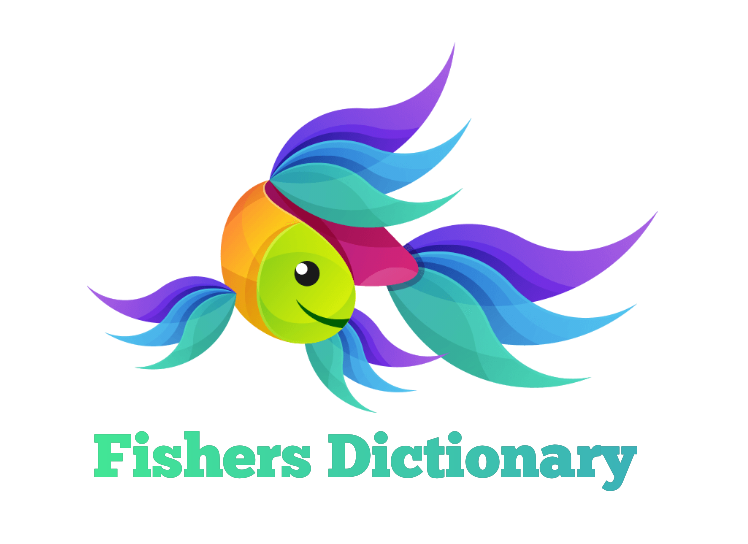The length of a fish is often used for fish population assessments (e.g., length-age and weight-length relationships) and consequently are often used in recreational fishing regulations. But, just as there is “more than one way to skin a cat,” there is more than one way to measure the length of a fish.
Fish length can be measured by standard, fork, or total length
Below are three of the most commonly used metrics for measuring fish length:
- Standard length: A fish’s body length from the tip of its nose to end of its last vertebrae. Standard length includes everything except the caudal fin. This measure is used for most bony fish for which the last vertebrae is distinguishable.
- Fork length: The length of a fish from the tip of its nose to the middle caudal fin rays. This measure is best suited for fish that have forked caudal fins.
- Total length: The length of a fish from the tip of its nose to the end of the longer lobe of its caudal fin. This measure is primarily used for fish that have uneven caudal fin lobes, such as hagfish, lampreys, sharks, and rays. (fishionary.fisheries.org/length)
For a comparison of the three length measurements, please review Kahn et al. 2004.




.jpg)



0 Comments